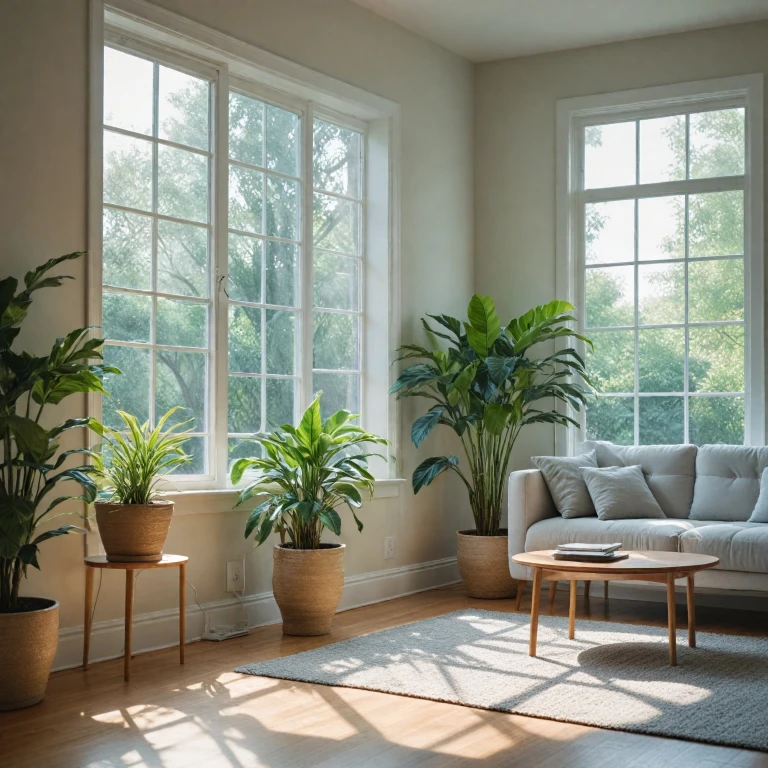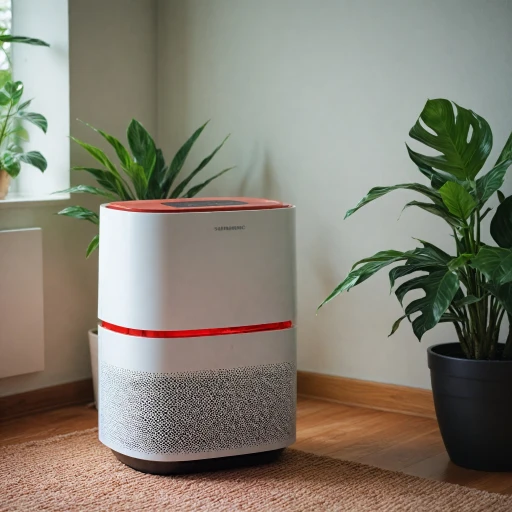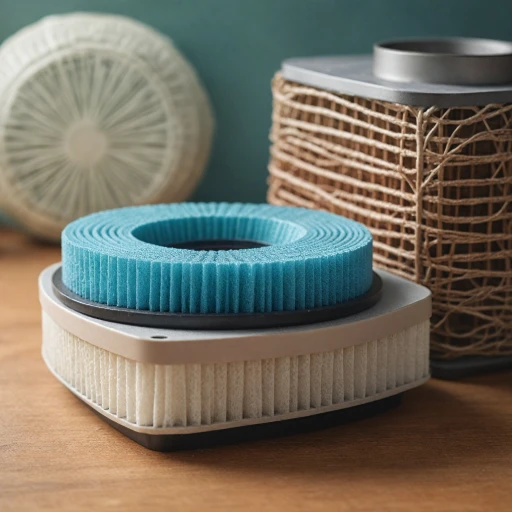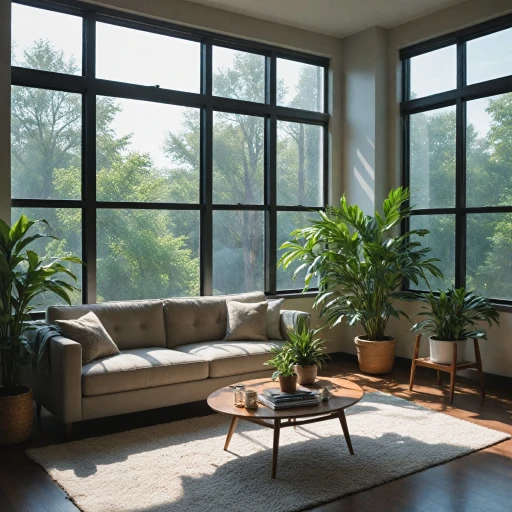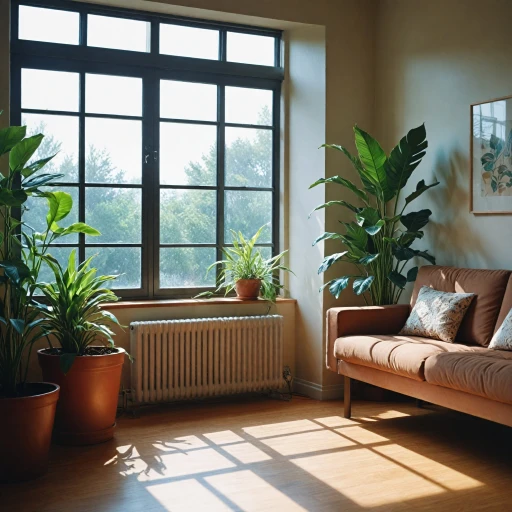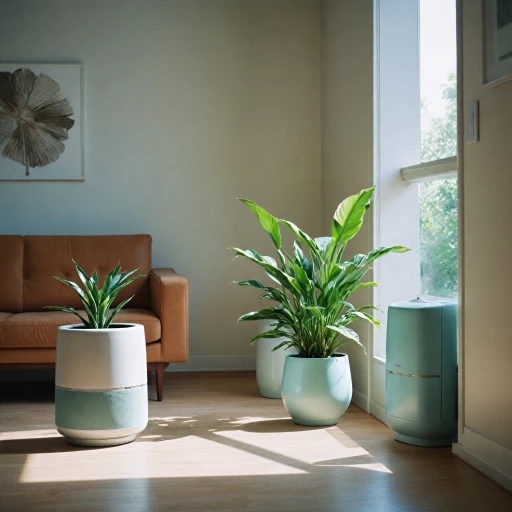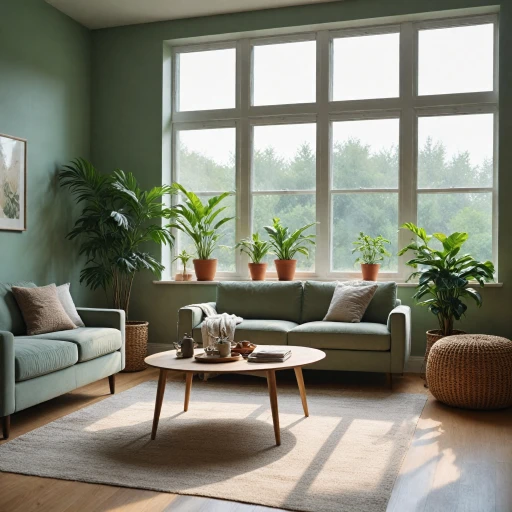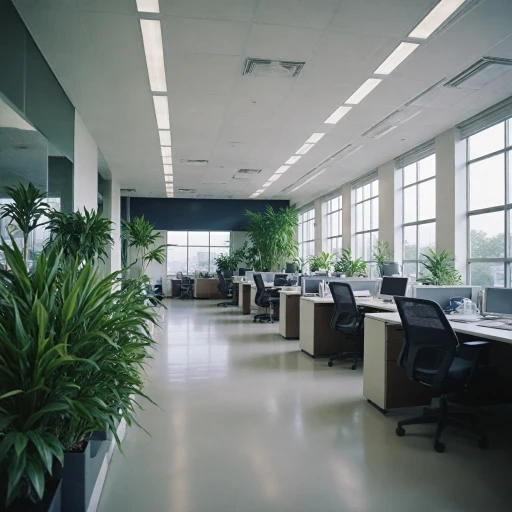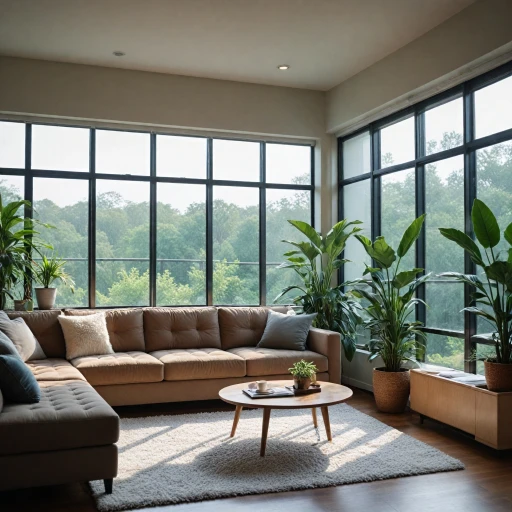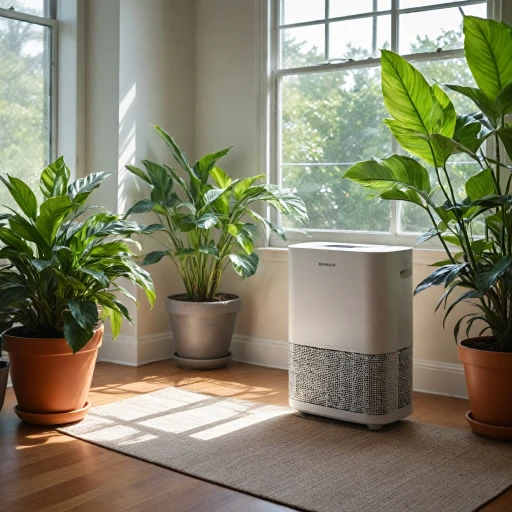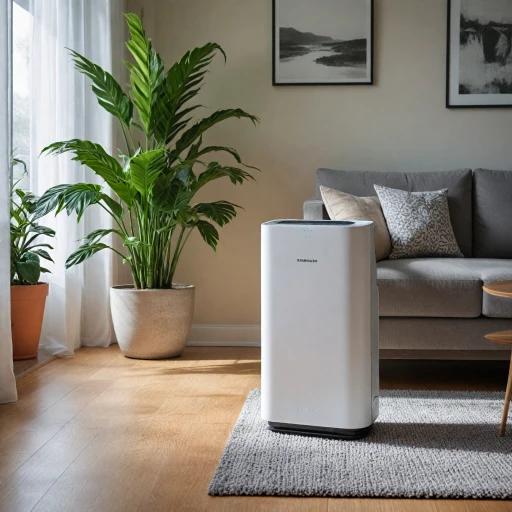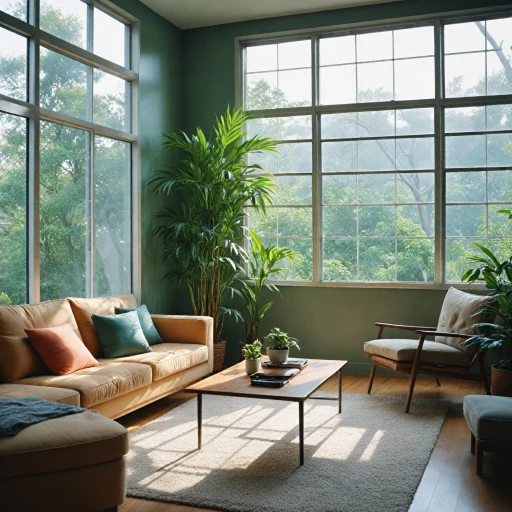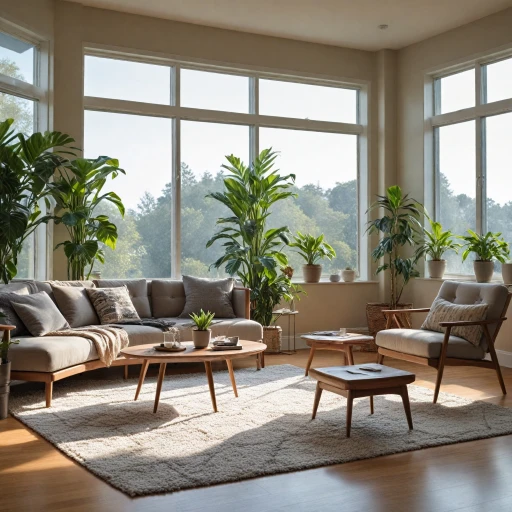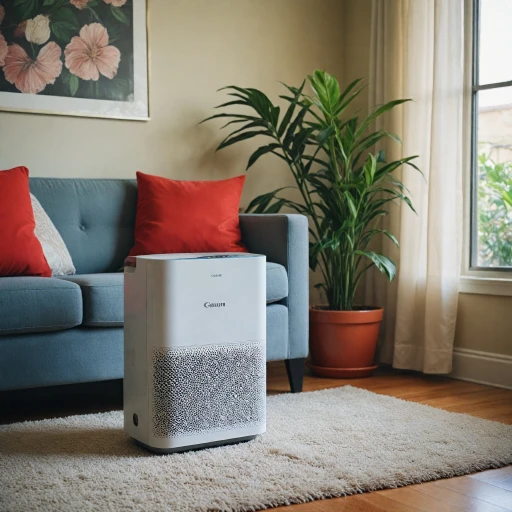
The Role of a Dehumidifier in Air Quality
The Influence of Dehumidifiers on Air Conditions
A dehumidifier is an essential tool in managing the atmosphere within your living spaces, as it plays a vital role in enhancing overall air quality. By addressing high humidity levels, dehumidifiers work to remove excess moisture from the air. This decrease in moisture not only makes the environment more comfortable but also helps prevent the growth of mold and mildew, which can contribute to respiratory issues and allergies.
Dehumidifiers come in various types and capacities, including small dehumidifiers perfect for compact spaces and larger models suitable for extensive areas in homes. Most designs are equipped with a water tank that collects the extracted moisture from the air. Some products even include a drain hose feature for continuous operation, minimizing the need to manually empty the tank. Having an effective dehumidifier ensures that humidity levels are kept in check, creating a healthier and more pleasant indoor air quality.
The effects of optimal humidity extend beyond comfort, as high moisture can lead to the worsening of existing allergies, encourage dust mites, or damage furniture. With the correct air dehumidifier, you can alleviate these concerns while potentially reducing maintenance costs in the long run, thereby justifying the product's regular price.
For those in areas with chronic dampness or varied climate conditions, it’s essential to regularly assess the functionality of your dehumidifier to maintain its efficiency. Features like auto shut off and sleep mode can assist in energy conservation and operational versatility, ensuring you're using the best solutions for managing excess moisture.
How Air Purifiers Enhance Indoor Environments
The Impact of Air Purifiers on Breathing Easy Indoors
Air purifiers are designed to improve the quality of indoor environments by using advanced filtration techniques to remove various airborne pollutants. Their primary function is to capture and eliminate particles such as dust, pollen, pet dander, and smoke from the air, as well as mitigating harmful gases and even some odors. The effectiveness of an air purifier largely depends on the type of filter it uses, with HEPA filters being amongst the best for capturing tiny particles. HEPA filters, known for their high-efficiency particulate air technology, can trap particles as small as 0.3 microns, ensuring cleaner air in your home. This is ideal for individuals suffering from allergies or asthma, as it helps reduce the presence of allergens. However, for optimal performance, keeping humidity levels in check is vital. High humidity can impact the efficacy of air purifiers by making HEPA filters less efficient. That's where a dehumidifier air combo proves beneficial to manage excess moisture, ensuring your air purifier operates under the best conditions. Selecting a purifier tailored to the specific needs of your living space, whether a smaller room or larger areas, can significantly enhance indoor air quality. Before purchasing a product, consider factors like price, area coverage, and the type of pollutants common in your home. Furthermore, some models come with features like auto shut and sleep mode for added convenience. If you're looking to step up your air quality game, check out this comprehensive guide on enhancing indoor air quality with advanced commercial purification systems.Combining Dehumidifiers and Air Purifiers for Optimal Results
Achieving Optimal Results with a Combined Approach
Bringing a dehumidifier and an air purifier together can significantly enhance indoor air quality. Each device performs distinct functions, which when combined, address comprehensive air treatment needs. Air purifiers, equipped with filters like HEPA, are effective at removing pollutants such as dust and other allergens from the air. Using a purifier ensures that these particles are captured, providing cleaner air to breathe in your home. Meanwhile, dehumidifiers work diligently to reduce humidity levels, tackling excess moisture that can lead to mold and mildew. Strategic placement of both devices can maximize their benefits. A purifier dehumidifier combo can be especially beneficial in areas like basements, where both humidity and dust levels often pose challenges. For best results, consider the size and capacity of each product. Small dehumidifiers might be ideal for tight spaces, while larger options may be necessary for expansive areas with high humidity levels. Look for air purifiers with a true HEPA filter for superior air filtration. In the United Kingdom, various products cater to specific needs. It's essential to match the device choice with the size of the room and indoor air quality requirements. Some units offer features like auto shut off, sleep mode, and a drain hose, making them more convenient. When using both devices in tandem, regularly emptying the water tank of the dehumidifier and maintaining the filters in the air purifier is crucial. This not only ensures efficient operation but also longevity of the devices. By investing thoughtfully and incorporating these appliances in your home, you achieve a more comfortable living environment free from excess moisture and airborne particles.Choosing the Right Devices for Your Home
Selecting the Ideal Equipment for Your Space
When it comes to enhancing indoor air quality, selecting the right dehumidifier and air purifier is crucial for achieving the best results. Consider the following factors to ensure you choose the appropriate devices for your home.
Determine Your Needs
- Room Size and Coverage: Evaluate the areas in your home where you plan to use the devices. This will help determine the appropriate capacity and coverage for dehumidifiers and purifiers. Small dehumidifiers may suffice for compact spaces, whereas larger areas may require more powerful models.
- Primary Concerns: Identify your main indoor air quality issues. Are you dealing with dust and allergens, or is excess moisture affecting comfort levels? This will guide you in prioritizing features like HEPA filters for purifiers or efficient moisture removal for dehumidifiers.
Evaluating Features and Specifications
- Filter Type and Replacement: Look for purifiers with true HEPA filters, known for capturing small airborne particles. Consider the cost and availability of replacement filters to maintain air purifier efficiency.
- Humidity Control: A dehumidifier should have adjustable humidity settings to suit varying comfort requirements. Some models come with an auto shut-off function and a water tank or drain hose for continuous operation.
- Noise Levels: If you plan to use these devices in bedrooms or living areas, opt for products with a quiet operation or sleep mode feature to ensure minimal disruption.
Consider the Budget
Price can be a significant factor in your selection process. Finding the balance between cost and performance is key. Some high-end models may seem expensive, but they often offer superior performance and durability, which can be cost-effective in the long run. Compare regular prices and reviews to assess value for money.
Check for Energy Efficiency
Energy-efficient models not only save on electricity bills but are also environmentally friendly. Look for the Energy Star label when selecting an air dehumidifier or air purifier.
By thoroughly evaluating your specific indoor air needs and comparing product specifications, you can confidently select the best purifier dehumidifier combinations to achieve optimal air quality in your home.
